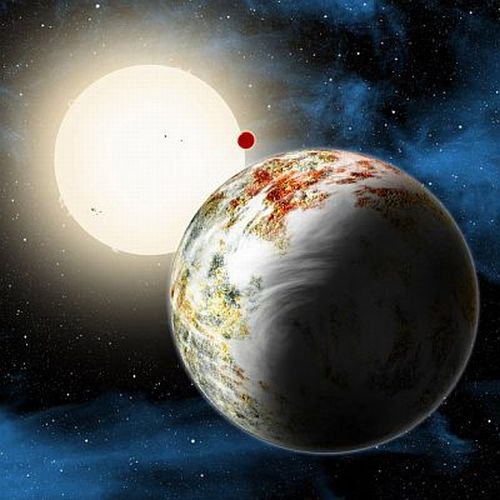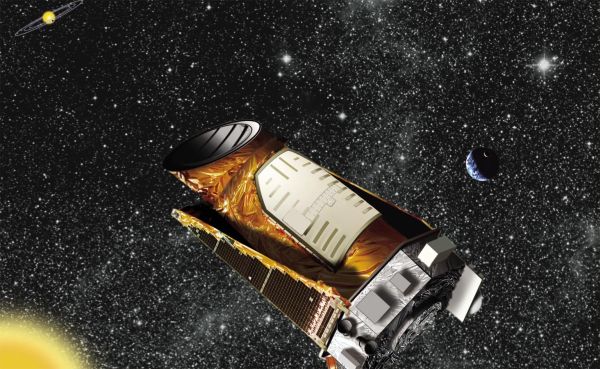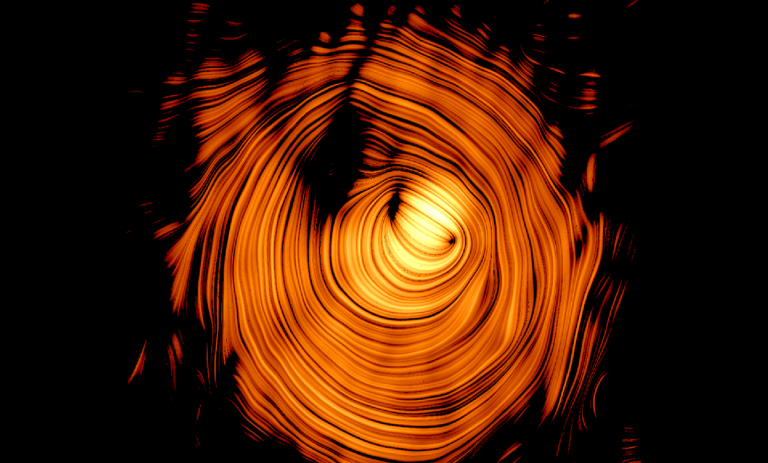Space scientists have discovered a new planet to which they call as “Godzilla of Earths”, maybe because of its rocky exteriors. The exoplanet weighs more than 17 times that of Earth. Until now researchers believe that the planet is all solid and is much gigantic with respect to previous discoveries of super-Earth, hence it falls into the casket of mega-Earth.
Sasselov, one of the astronomers believe that Kepler-10c, the newly found mega-Earth, is high on probability with respect to implications for life.
The exoplanet is situated in Draco, a constellation in the outlying northern sky, somewhere around 560 light-years away. Its radius is more than twice that of the Earth but is higher on the scale of density, which makes it the biggest rocky planet discovered so far. Orbiting G-Type star, it takes nearly 45 days for one revolution. The paraphernalia also includes Kepler-10b, having thrice the mass of Earth. Its proximity with its star makes it too hot to support life.
Kepler, the Space Observatory
Kepler- 10c was first observed by NASA’s space observatory Kepler that was launched to discover the Earth like planets across the constellation. Researchers reach consensus regarding the planet’s physical dimensions by observing their transiting behavior however, the planet’s exteriors are not gauged by the same method.
Diameter of Kepler-10c is around 2.3 times of Earth, which makes it fall under the category of mini-Neptunes, which is shrouded by thick and gaseous atmosphere. Space scientists confirmed that the mass of exoplanet is more than 17 times that of Earth, which suggests it has a dense composition of solids like rocks and other matter.
Creation of the Rocky World
Theorists fall short regarding the formation of the huge rocky world on the surface of Kepler-10c however, observational study did converge to a point where it suggests that this is not the only happening across the constellations. Buchhave, CfA astronomer asserted that there is co-relation between planet’s period of orbiting and the transitional size from rocky to gaseous stage. Thus, there could be a probability of spotting more such mega-Earths said he.
Hydrogen and helium were the only ingredients, which were to be found of an early universe. Basic structure require to form rocky planet involve heavier elements such as silicon and iron, which were to be produced by stars of first generation. Upon reaching the stage of explosion, the material got dispersed across space, which became the building blocks for later generation stars and planets.
Technically, this process must have taken billions of ages however, discovery of Kepler-10c shows that universe was capable of churning massive solids like rocks even during the scarcity of the required elements. Therefore, the theory postulates that old stars have the potential of hosting rocky Earth like planets across constellations, which insinuates our celestial neighborhood might be strewn with habitable worlds.
Source: Smithsonian Science





